
Data & Insights: Cardiovascular
Leveraging data in every aspect of operations is now essential for long-term success.
This data represents 9,179 unique cases across 108 centers.
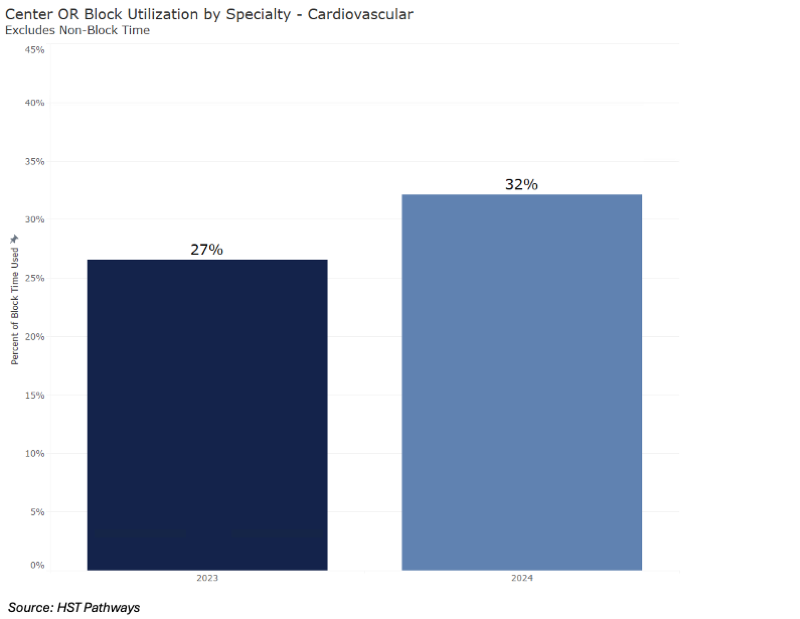
OR Block Utilization
Utilization surged, climbing from 27% to 32%—a major operational gain.
Seamless communication between a doctor’s office and the ASC is key to driving case volume. Avoid phone and fax delays—use technology to broadcast OR availability, enable electronic scheduling, and automate block time management to improve efficiency and achieve at least 70% utilization.
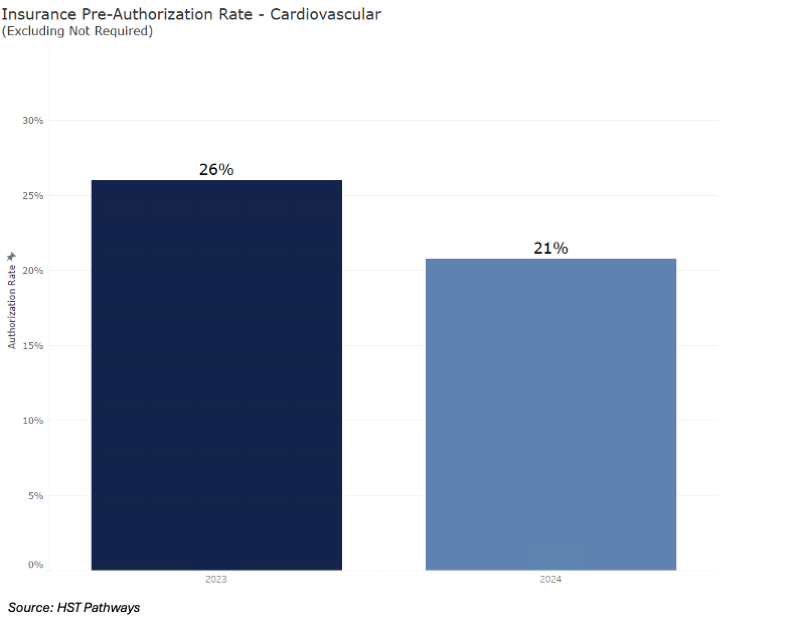
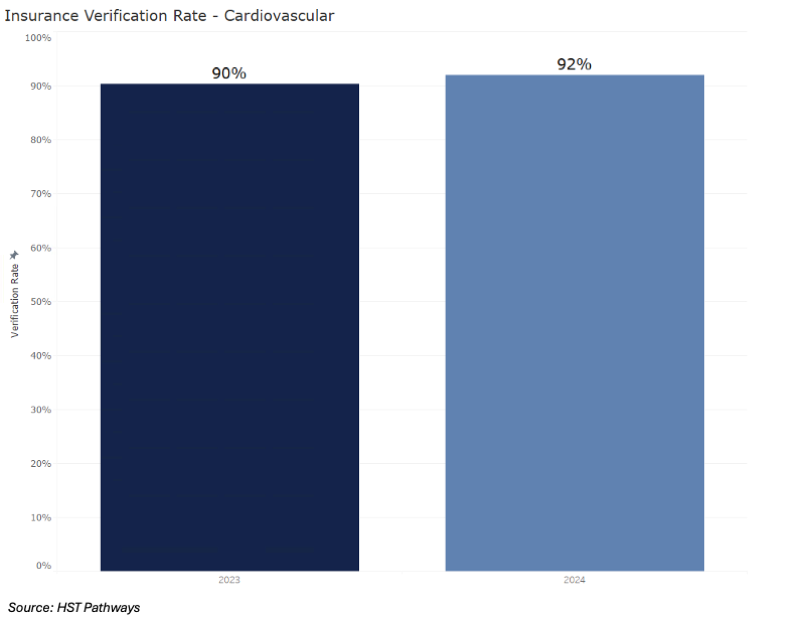
Cardiovascular ASCs outperform the industry, reaching a 92% verification rate vs. 78% industry average.
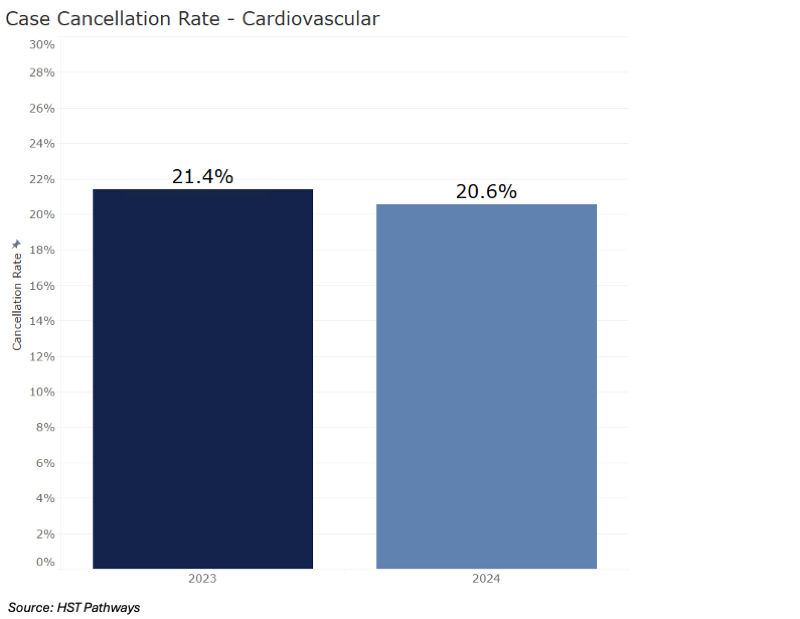

Case Cancellation Reasons
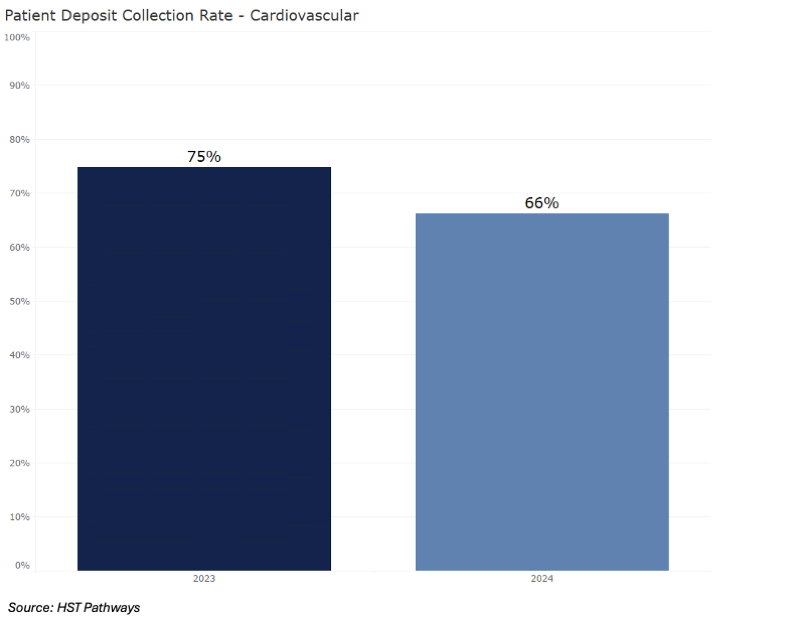
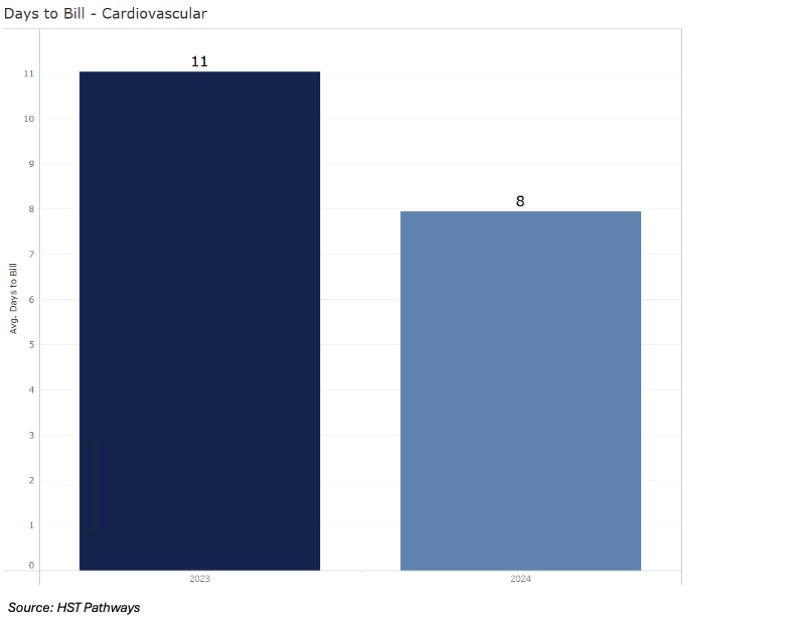
Days to Bill
Billing efficiency improved significantly, reducing days to bill from 11 to just 8.
Accurate coding and charge entry are essential for reimbursement and compliance. Integrating EHR and billing systems reduces errors and streamlines the process. Using well-trained coders and tracking denials helps prevent mistakes, improving financial health and operational efficiency.
Claim Denial Rate
Good news—denial rates fell from 18% to 15%, easing revenue cycle challenges.
Efficient claim management is essential for maintaining cash flow and compliance. Using EHR, practice management, and electronic claims systems streamlines submissions and reduces errors. Regularly monitoring claims helps address denials quickly, ensuring timely reimbursement and sustaining operational efficiency.

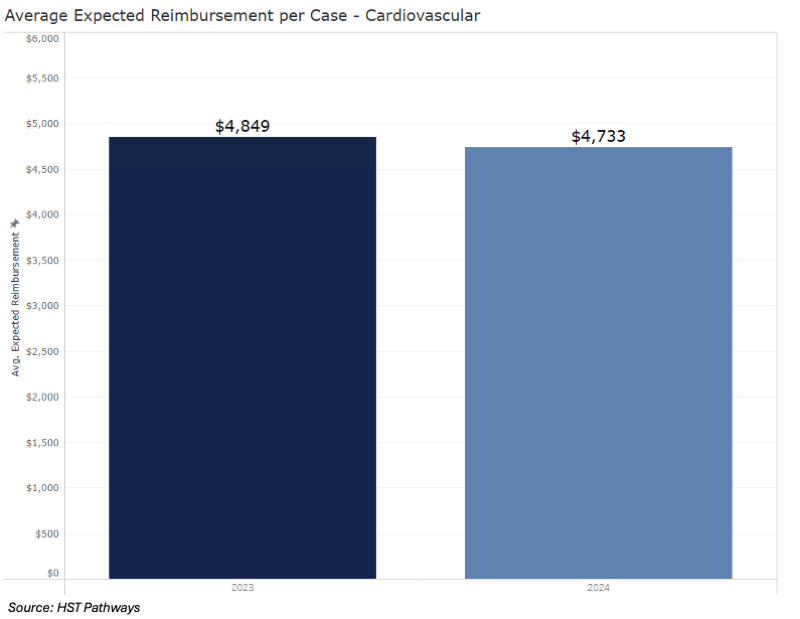
A slight decline—net revenue per case dipped from $4,849 to $4,733.
Case volume remains stable, with an average of 20 monthly cases holding strong from 2023 to 2024.
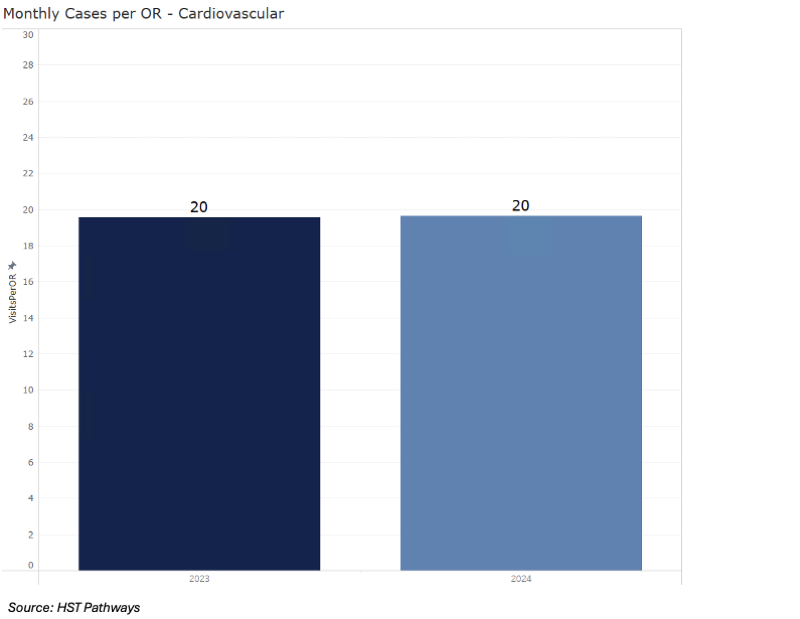
Get access to:
*Disclaimer: HST Pathways released an updated version of our State of the Industry Report in September 2024, highlighting best practices, key process steps, and KPIs for every step of the patient journey and for nearly every recurring administrative duty. Most importantly, using our own unique dataset from our clients, we were able to extract data points so that anyone in the industry could compare themselves to their peers. We only pulled data from clients who gave us permission, and we omitted any extreme outliers. Data on this page may differ from the full 2024 State of the ASC Industry report. The full report (published September 2024) included data through Q2 2024, while this page (published March 2025) includes data through Q4 2024. Differences are due to the extended timeframe and new data from clients who have since granted permission.

